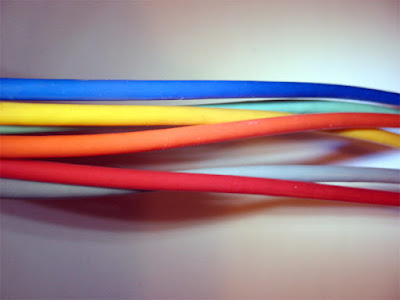What is the black wire in electrical wiring
Wire colors: RR wires Electrical cables have a specific color to help identify their function. (The color identifies the cable's use in household circuits and appliances, and how it should be handled. It also identifies the port it occupies in the socket.
The three most common colors are red, black and green. They are used for.
Red wire: The red wire represents the phase in the circuit and is a live wire that cannot be connected to other red or black wires. It is often used as a switch foot, where the wire comes out of the bottom terminal of the switch and gets hot when the switch is turned on. This is the leg that can be used to turn the load on or off (this needs to be rewritten more directly).
Black wire: The black wire is the neutral wire, this wire is connected to the neutral bus bar inside the distribution panel. The bus bar is the conductive metal part used for distribution. The black wire can be connected to another black wire, which acts as the neutral wire and supports the load. The unbalanced load, i.e. the current returning to the switchboard.
Green: The green wire is the grounding conductor of the circuit. A green wire can only be connected to another green wire. The ground conductor is not used for lamps or fans, but mainly for plugs, such as sockets, fountains and other heavy appliances. Switches usually have only two wires, neutral and phase. The green wire provides a ground path for the electricity in the circuit, as it connects to a large copper plate buried in the floor of the social meter box.
Knowing the color code of the wires is information you should know before working with them. The color codes are different in each country, so it is best to ask a professional before starting work.

Comentarios
Publicar un comentario